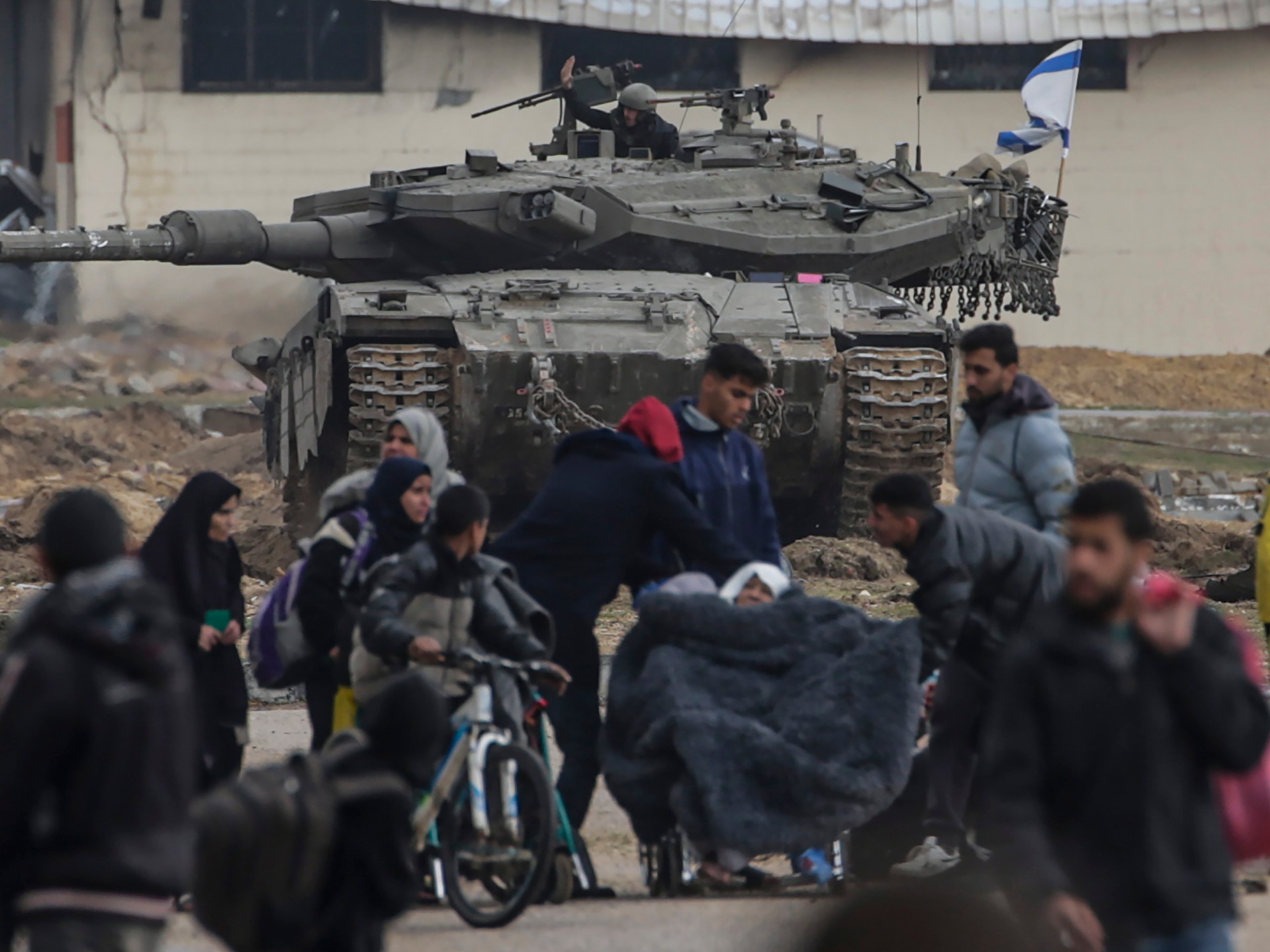Spokesman for the International Red Cross in Gaza: About 1.5 million people live in 20% of the area of the Strip in tragic conditions (European News Agency)
The spokesman for the International Federation of Red Cross and Red Crescent Societies, Tommaso della Longa, said that the humanitarian situation in the Gaza Strip is “beyond catastrophic” and that the residents of the Strip are in a state of helplessness due to hunger.
He stressed, in statements he made to Anadolu Agency, that the health system in Gaza had reached the breaking point, and that the humanitarian aid entering the Strip was not enough to satisfy the people’s needs.
Lunga said that the number of aid trucks entering the Gaza Strip is not enough, and called for allowing the entry of a greater amount of humanitarian aid to meet the needs of starving people.
He explained that "there are problems related to delivering the scarce aid that enters to all areas of the Strip in a safe manner, and stressed that the humanitarian situation in Gaza goes beyond a disaster."
He said that the areas in northern Gaza, where thousands of Palestinians live, are inaccessible, and that the state of health services there is worrying, and that the union he represents has done its best on the ground with the Egyptian and Palestinian Red Crescents in order to deliver aid to those in need.
Lunga called for a ceasefire in Gaza, and the establishment of safe humanitarian zones that would enable the delivery of aid to all parts of the Strip.
On February 5, during a press conference, United Nations spokesman Stephane Dujarric said, “Israel continues to obstruct the arrival of most aid to the northern Gaza Strip.”
Dujarric pointed out at the time that only 10 shipments of humanitarian aid arrived in northern Gaza out of 61 shipments last January.
Tragic situation
In the same context, the spokesman for the International Red Cross in Gaza told Al Jazeera on Saturday that about 1.5 million people live in 20% of the area of the Strip in tragic conditions.
Yesterday, Friday, the government media office in Gaza warned of the escalation of famine in the northern Gaza governorate after the quantities of flour, rice, food, and food ran out, as well as the running out of grains and animal feed that citizens in the northern Gaza Strip were eating.
The media office confirmed that the northern regions of the Strip are in immediate need of the entry of a thousand trucks daily, in order to recover from the famine and its effects. Israeli occupation army tanks stationed near the Gaza Valley prevent food and medical aid from reaching the northern Gaza Strip.
In the same context, the World Food Program said that the residents of the Gaza Strip are living in a “major humanitarian catastrophe” amid hunger, famine, and the spread of diseases.
The director of the World Food Program in Palestine revealed that "there are UN statistics conducted last December indicating that at least 300,000 people in the northern Gaza Strip are at risk of dying from starvation."
He explained that "Gaza is experiencing several crises, most notably the lack of health care and hunger."
The World Food Program reported last month that very small amounts of food aid had reached the south of the Gaza Strip to its north since the beginning of the war, stressing that the risk of pockets of famine forming in areas of the Strip still exists.
This was confirmed by the United Nations Relief and Works Agency for Palestine Refugees (UNRWA) last January when it said that 750,000 people in the Gaza Strip are facing catastrophic hunger.
The death toll as a result of the Israeli aggression on the Gaza Strip rose to 27,947 martyrs and 67,459 injured since last October 7.
Source: Al Jazeera + Anatolia

